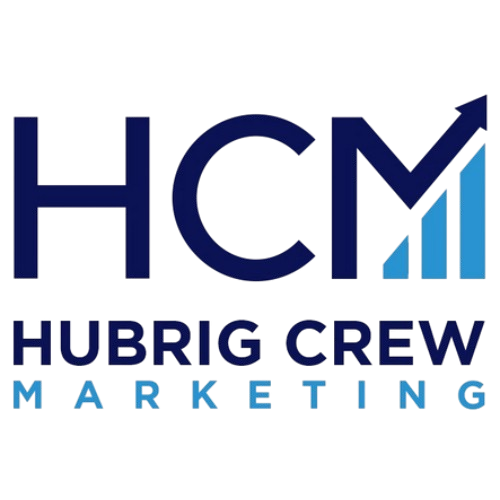What is Paid Internet Advertising?
Paid internet advertising is a marketing strategy where businesses invest in showcasing their ads to a specifically targeted audience on digital platforms. Unlike organic marketing, which can take time to build presence, paid advertising offers immediate visibility and reach. This allows businesses to appear at the top of search results or in front of users on social media almost instantly.
The primary goals of paid advertising include boosting brand awareness, generating leads, and driving sales and conversions. It also helps businesses expand their market reach and gain a competitive edge by targeting specific demographics or geographic areas. Moreover, paid advertising offers measurable results, enabling businesses to track metrics like click-through rates and conversion rates effectively.
Popular platforms for paid advertising include Google Ads, which holds an impressive 83% global market share, and Facebook (Meta), home to nearly 4 billion users. Other notable platforms are Instagram, LinkedIn, and TikTok, each offering unique ad formats to suit diverse business needs. For effective management of these campaigns, consider exploring PPC management services that can help maximize your return on investment (ROI).
Benefits of Paid Advertising
In the digital age, targeted reach is a game-changer for businesses aiming to enhance advertising effectiveness. This precision allows brands to connect with specific consumer segments, leading to higher conversion rates. By tailoring ads to meet audience needs, businesses can improve brand recall and foster customer loyalty.
Furthermore, paid advertising offers incredible cost-effectiveness. With an average cost-per-click ranging from $0.11 to $0.50, businesses of all sizes can scale their campaigns according to budget, from as low as $100 per month for small enterprises to over $250,000 for large ones. This flexibility aids in optimizing ad spend and ensures that every dollar counts.
Lastly, the measurable results provided by paid advertising are invaluable. Businesses can track key performance indicators like ROI and conversion rates to evaluate campaign success. “Tracking and analytics are the backbone of successful campaigns,” allowing for data-driven decisions and continual optimization. For more insights on maximizing your advertising efforts, check out paid social strategies.
Types of Paid Advertising
Search Engine Advertising
Search engine advertising is a powerful way to display ads among search results on platforms like Google, Bing, and Yahoo. Using an auction-based system, advertisers bid on keywords to gain visibility. This approach offers quick implementation and measurable results, making it ideal for targeting users with high intent.
Social Media Advertising
With billions of active users, platforms like Facebook, Instagram, and YouTube offer advertisers diverse options to engage audiences. Social media advertising leverages visual content and user data to create targeted campaigns, effectively boosting brand awareness and engagement.
Display Advertising
Display advertising utilizes banner ads and rich media formats to capture attention across websites and apps. Known for its visual appeal, this method enhances brand recognition and can lead to significant audience engagement, as illustrated by various successful campaigns.
Affiliate Marketing
Affiliate marketing is a performance-based strategy where affiliates earn commissions by promoting products. This flexible approach uses diverse channels like PPC and content marketing, offering a cost-effective means to drive traffic and sales.
| Type | Key Feature |
|---|---|
| Search Engine Advertising | High user intent targeting |
| Social Media Advertising | Wide audience reach |
| Display Advertising | Visual engagement |
| Affiliate Marketing | Performance-based |
Strategies for Maximizing ROI
To boost the return on investment (ROI) of your paid internet advertising strategies, it’s critical to implement key techniques effectively. First, setting clear objectives is essential. Clearly defined goals, such as increased traffic or higher sales, guide your campaign towards success. By assigning numerical values to these objectives, businesses can quantify success and make necessary adjustments.
- A/B Testing of Ad Campaigns: A/B testing is crucial for optimizing ad elements. Testing variations of headlines, images, and CTAs can significantly enhance performance, leading to improved engagement and conversion rates.
- Optimizing Ad Targeting and Placement: Understanding audience segmentation and using programmatic advertising can enhance targeting accuracy. Selecting the right ad formats and environments ensures that ads are both engaging and relevant.
- Utilizing Retargeting Strategies: Retargeting is a powerful tool for re-engaging potential customers. Serving ads based on past interactions can move users down the conversion funnel, significantly improving ROI by maintaining customer interest.
Implementing these strategies with precision can lead to a substantial increase in ROI, making them indispensable elements of a successful advertising campaign.
FAQs About Paid Internet Advertising
What is the average cost of paid advertising?
The average costs associated with paid advertising typically range from $100 to $10,000 per month. Pay-per-click (PPC) advertising falls within this range, while social media advertising costs businesses an average of $1,000 to $25,000 per year. Factors influencing costs include industry competitiveness and specific advertising goals.
How do I choose the right platform?
Choosing the right platform involves defining your marketing objectives and understanding your target audience. Platforms like Instagram and YouTube are ideal for brand awareness, whereas LinkedIn is suitable for B2B targeting. Assessing budget considerations and platform strengths can further guide your decision.
How can I measure my ad success?
To measure ad success, track key metrics such as click-through rates, conversion rates, and return on advertising spend (ROAS). Monitoring these metrics helps understand campaign effectiveness and informs necessary adjustments to enhance ROI.
Conclusion
Paid internet advertising plays a vital role in today’s digital marketing landscape, helping businesses reach targeted audiences effectively. With the ability to tailor ads to specific demographics and interests, businesses can achieve significant visibility and engagement. The key lies in understanding the right platforms to use and how to measure success through key metrics.
Maximizing ROI from paid advertising involves setting clear objectives and continuously optimizing campaigns. It’s crucial to keep a close eye on budget, target audience, and the platforms’ strengths to ensure the highest returns. Regularly tracking metrics like CPC and conversion rates can inform necessary adjustments, driving better results over time.
As you venture into paid internet advertising, consider the strategies discussed in this guide. Implementing them can significantly enhance your advertising effectiveness and boost your business growth. Don’t hesitate to make data-driven decisions and experiment with different approaches to find what works best for your brand. Start refining your strategies today to see impactful results tomorrow.



